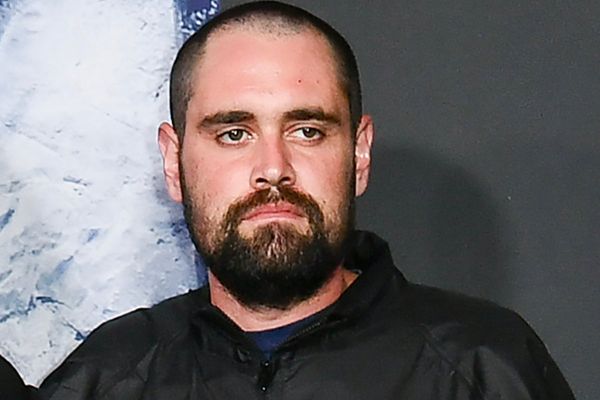
Queensland’s new plan to build thousands of affordable homes has been called into question by advocates who say it’s unclear how the ambitious target will be achieved.
The state’s deputy premier, Steven Miles, announced on Wednesday that around 900,000 homes will be built in south-east Queensland by 2046 to accommodate 2.2m new residents.
Under the draft plan, 209,000 new homes would be built in Brisbane while the Gold Coast (158,000) and the Moreton Bay council region (123,000) would also take a large proportion of the new development.
The region’s 12 local governments have a target to ensure one in five of these homes is affordable.
They’ll also be required to deliver a mix of different homes, with 70% of development taking place within existing urban areas.
Miles said the plan would ensure that even with a growing population, Brisbane would not turn into “Sydney”, where frontline workers are unable to live close to work.
“To give you a sense of what that might mean, a nurse on an average salary of about $90,000, they would need to pay less than $520 a week in rent for it to be considered affordable,” he told reporters.
“We’re not proposing those prices will be locked in [for] perpetuity,” he added. “I think this is a very reasonable measure to ensure that we continue to deliver affordable homes.”
Q Shelter’s executive director, Fiona Caniglia, said while she welcomed the 20% affordable housing target, it was unclear how local governments would meet the objective.
“That does need a detailed plan behind it,” she said. “We all need to be working on how it can actually be delivered.”
The Queensland Council of Social Service chief executive, Aimee McVeigh, said she supported the 20% target but more detail was needed before it becomes a “welcome reality”.
“Around 7,800 social and affordable homes must be built every year, for the next 23 years across south-east Queensland, for this draft plan to achieve its proposed target,” she said.
“Over the past decade, the Queensland government has delivered approximately 500 social homes a year, which is barely enough to keep pace with sales and demolitions.”
McVeigh called on the government to mandate inclusionary zoning and increase funding for specialist homelessness services.
“In order to deliver on the ambitious targets set out in the plan, governments need to do things differently,” she said.
Dr Tony Matthews, an urban planning academic at Griffith University, said the development industry would make “every effort” to “get around and get out of” the 20% target.
The surest way to deliver affordable housing is through direct government provision of public housing, according to Matthews.
“The 20% approach has been used elsewhere before and has not resulted in the change on the ground,” he said.
“The key to affordability really is volume. Developers need to be able to build enough housing that the price of each individual unit can be affordable,” he said.
Matthews said the plan could set a vision but market forces would have a bearing on the outcome and implementation.
The Greens MP for South Brisbane, Amy MacMahon, said the government had “failed” to deliver affordable and social housing and the target isn’t “going to cut it.”
MacMahon called on the government to mandate that at least 25% of all new developments be allocated as public housing – an initiative the Greens put to parliament in April.
“Does Labor really think anyone believes that giving more power and access to wealthy investors and developers, or some more vague targets, will end the housing crisis?” MacMahon said.
The draft plan says the department of planning is consulting with other state agencies on introducing inclusionary planning requirements to increase the supply of affordable housing.
“Where relevant, policies relating to affordable housing will be updated to align with the outcomes of this investigation for the final ShapingSEQ 2023 Update,” the plan says.
Guardian Australia contacted Miles for comment but he was unable to respond before deadline.







